Genotype x Environment Interaction for Durum Wheat Grain Yield and Selection for Drought Tolerance in Irrigated and Droughted Environments in Iran

Authors:
Durum wheat is grown in the Mediterranean region under stressful and variable environmental conditions. In a 4-year-long experiment, 14 genotypes [including 11 durum breeding lines, two durum (Zardak) and bread (Sardari) wheat landraces, and one durum (Saji) newly released variety] were evaluated under rainfed and irrigated conditions in Iran. Several selection indices [i.e. stress tolerance index (STI), drought tolerance efficiency (DTE), and irrigation efficiency (IE)] were used to characterize genotypic differences in response to drought. The GGE biplot methodology was applied to analyze a three-way genotype-environment-trait data. Combined ANOVA showed that the year effect was a predominant source of variation. The genotypes differed significantly (P < 0.01) in grain yield in the both rainfed and irrigated conditions. Graphic analysis of the relationship among the selection indices indicated that they are not correlated in ranking of genotypes. The two wheat landraces and the durum-improved variety with high DTE had minimum yield reduction under drought-stressed environments. According to STI, which combines yield potential and drought tolerance, the "Saji" cultivar followed by some breeding lines (G11, G8, and G4) performed better than the two landraces and were found to be stable and high-yielding genotypes in drought-prone rainfed environments. The breeding lines G8, G6, G4, and G9 were the efficient genotypes responding to irrigation utilization. In conclusion, the identification of the durum genotypes (G12, G11, and G4) with high yield and stability performance under unpredictable environments and high tolerance to drought stress conditions can help breeding programs and eventually contribute to increasing and sustainability of durum production in the unpredictable conditions of Iran.
